11 Stories Prove It Takes a Real Superpower to Handle Rude Customers

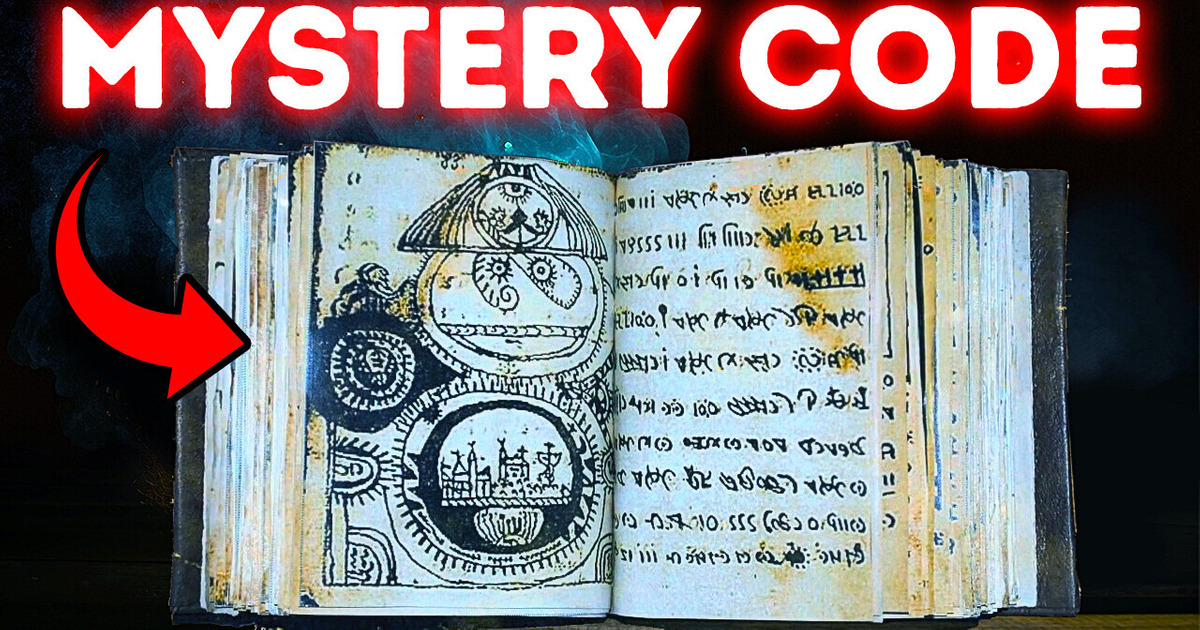
A computer over 2 millennia old, concrete that’s many times more durable than the modern variety, mysterious books that no one can decode— these are just a few things scientists still can’t explain. People of the past might have known some things that we’ve lost and are only yet to recover.
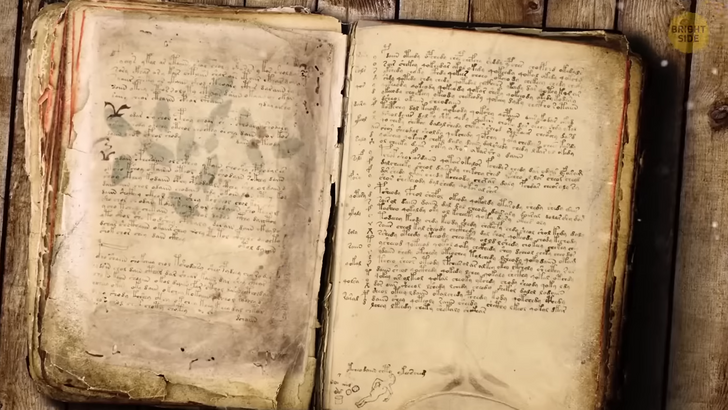
The first item on our list today is the Voynich Manuscript. At first glance, it’s just a boring book containing some botanical texts and images. But if you take a closer look, you’ll notice several special details. First off, you won’t understand a single word written there. Don’t even try Google Translate — it’s helpless here.
It was supposedly written in the 15th century, but it’s not some ancient language. This codex is written in an undetected language, some scientists even call it Voynichese. There are many debates about this handwritten book. Some believe it’s a cipher, and we can decode it, others are sure it’s a constructed language. Cryptographers even came up with a European Voynich Alphabet, but it didn’t help much.
The illustrations in this book helped scientists divide the manuscript into logical sections. These are the Herbal, Astronomical, Balneological, Cosmological, Pharmaceutical, and Recipes sections. In the Herbal section, you can see various plants. However, all the images are ambiguous. I mean, none of the plants have been identified. They look familiar, but different from what we’re used to.
The Astronomical section has a clear depiction of zodiac signs, but the last two pages of this section appear to have been lost. Those pages must have represented January and February which stand for Capricorn and Aquarius.

The Balneological section — what a word! — shows people bathing in pools and tubes. The Cosmological section has several foldouts, and one of them is so large that it spans 6 pages! It was pretty hard to classify the images from this section, though, as there are mostly circular designs. The Pharmaceutical section was called that because it has plant images yet again, but this time it also has some containers that look very much like pharmaceutical jars.
The Recipe section seems to be the most mysterious one. It has texts split into sections marked with stars in the left margin. I wonder if there’s a nice pancake recipe... From its name you may mistakenly think that it was a certain Voynich who wrote it. But in reality, the manuscript is named after Wilfrid Voynich. He was a Polish book dealer who bought it back in 1912.
Today we know the Voynich manuscript has 240 pages, but there’s evidence there used to be more. Almost all the pages have those colorful images. Scientists claim that about 28 pages are missing from the manuscript. Hey, if you’re into pro-riddles (and I know a lot of you are), you can try to decipher it too! The original copy is kept in the Beinecke Library collection at Yale, but you can order online your own copy to play with. Not feeling like shelling out any money? Yale University published all 225 pages of the manuscript on its website.
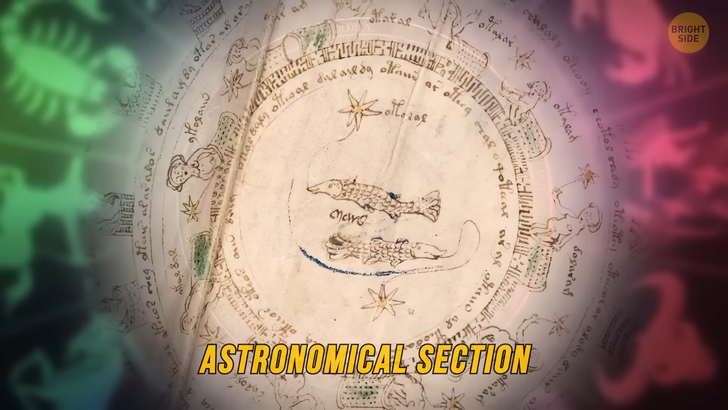
No one knows who wrote it, no one knows where it came from... Nope, I’m not gonna talk about the Voynich manuscript again. This time, it’s all about the 448-page Rohonc Codex. It was found in the 19th century in Hungary, and scientists couldn’t figure out yet what language it was written in. Some specialists claim it is a paleo-Hungarian script because it does resemble the Old Hungarian script in some ways, but still: the book isn’t deciphered yet.
It’s kept in the Hungarian Academy of Science, and some pages in high resolution are available online. Whoever wants to study the book itself needs to get special permission. Guess the Voynich manuscript seems way more understandable, huh? That must be because of all the pictures it has. The Rohonc Codex has some drawings too, but they aren’t that colorful.
We still know basically nothing about how ancient Egyptians built their pyramids — there are no written records from that period, and scientists are sure they did that on purpose. But a recent archeological discovery might shed some light at least on how they used to haul giant blocks of rock to such enormous distances. Researchers found a 4,500-year-old ramp system in an alabaster quarry in the Eastern Desert. It dates back to Pharaoh Khufu, the builder of the Great Pyramid of Giza, and consisted of a central ramp and a pair of staircases with a large number of post holes.
The ancient Egyptians hauled a sled on which they put great blocks of alabaster. Tying ropes to the wooden posts, they were able to pull the sled out of the quarry up some very steep slopes. Still, the construction material for the pyramids wasn’t alabaster — it was granite, a much harder and heavier mineral. And the discovery of the amazing ramp system doesn’t really tell us anything about how the ancient people were able to haul those great rocks up the much steeper slopes of the pyramids.
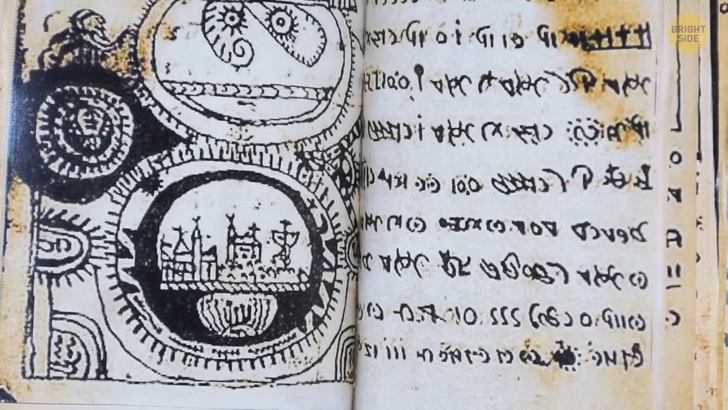
Once upon a time, in Ancient Rome, there was a scholar called Pliny the Elder [PLEA-knee]. He was one of the first people to describe the so-called Roman concrete. Romans used this type of concrete to build many structures, including the Pantheon. Roman concrete was reportedly made of three parts volcanic ash and one part lime. But it wasn’t just any volcanic ash. Romans believed that the volcanic ash found where the modern city of Pozzuoli [puh-TSAW-lee] stands was the best, so they used this very type.
It may seem that nothing beats modern concrete, but the ancient Roman variety has a pretty cool feature. It gets stronger when affected by seawater. So technically, this concrete can be used for building various structures underwater. Just compare it to the frail modern kind: specialists believe modern concrete can stand for only about 50 years. By the way, saltwater makes it run down even faster. There’s one more cool feature: the ancient concrete variety is way more environmentally friendly than modern concrete. I guess it’s high time we revived some ancient technologies!
Ready for another mystery? There you have it! The Antikythera [AN-tee-KITH-er-uh] mechanism is probably the first MacBook prototype — just kidding. It’s named after the place where it was discovered: a small island off the coast of Greece called Antikythera. It was in 1901 when divers unexpectedly found an antique wreckage. They were actually looking for sea sponges.
Just like any other wreckage out there, it was full of different bits and pieces. But there was something wondrous: a complex mechanism was there that made no sense to the sponge gatherers. No need to mention that the mechanism was in terrible condition — but imagine what would happen to your laptop if it had spent a couple of millennia underwater.
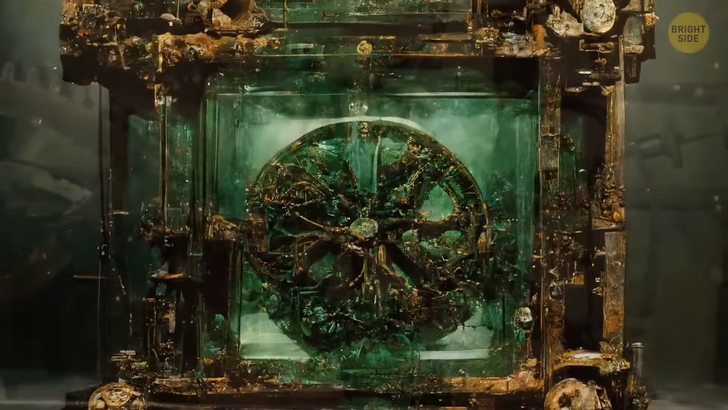
Even so, its complexity dazzled scientists who studied it. They had a hypothesis that it could be some ancient computer, but they gave up on the idea as it seemed ridiculous. Then around 70 years later, other scholars came to similar conclusions.
In the end, scientists made a final statement: the mechanism calculated and tracked celestial time. People who created it were clearly much ahead of their time. When researchers tried to copy the device back in 2021, they were bewildered by how much it could do. Still, the question of who made it and how remains open to this day.
Here comes the bonus fact! This is Codex Seraphinus. Take a look at these pages — they seem to have a similar style to the Voynich manuscript. But this codex is way younger. It’s only slightly 40 years old, as it was first published back in 1981. The book was created between 1976 and 1978, but you aren’t likely to ever read all those 360 pages.
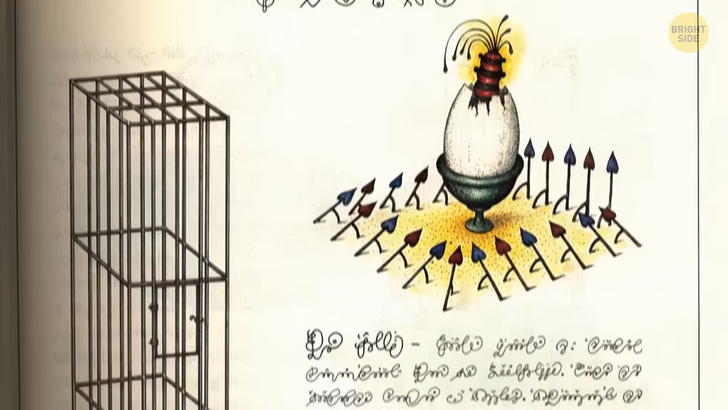
The reason is simple: the language of this book is imaginary. And the book itself is an illustrated encyclopedia of an imaginary world. Just like the Voynich manuscript, it has several sections. Luigi Serafini, the author, split the encyclopedia into 11 large chapters.
The author claims there is no meaning behind the script of his book. Moreover, he said that he experimented with senseless words to show adults the way kids feel when they can’t yet read a book but can be guided by images. If you wanna experience it too, you can always grab a copy of this codex online.











